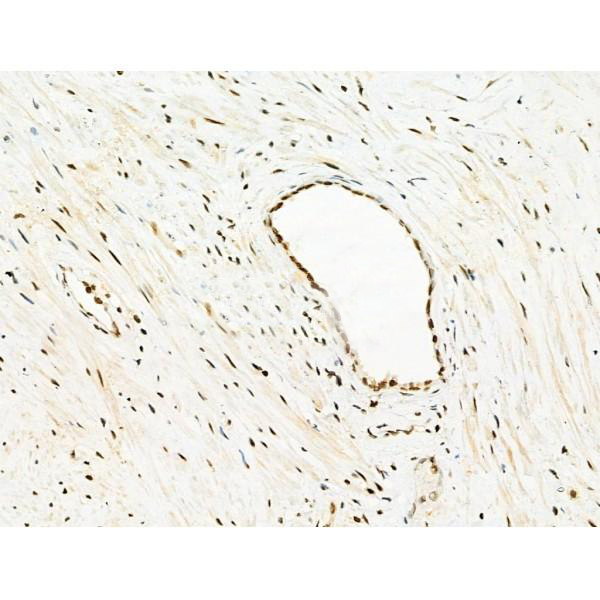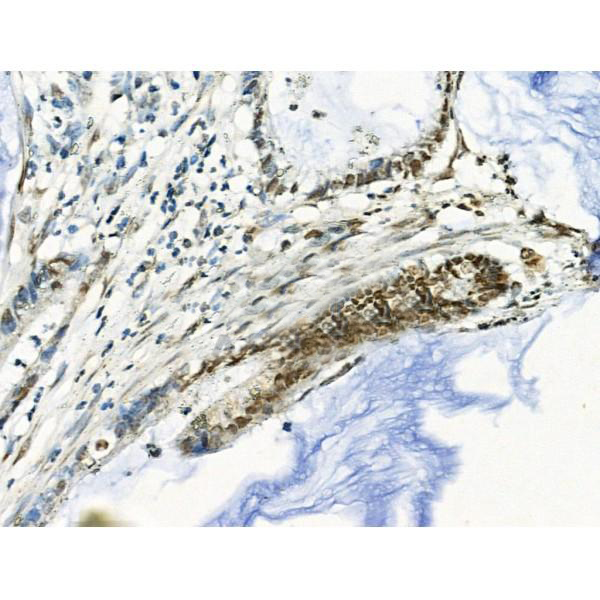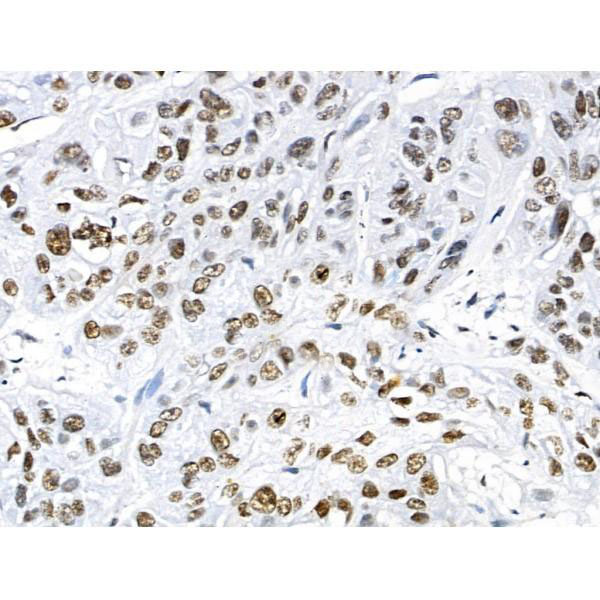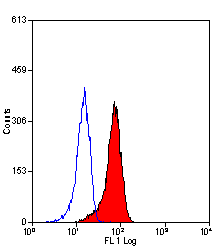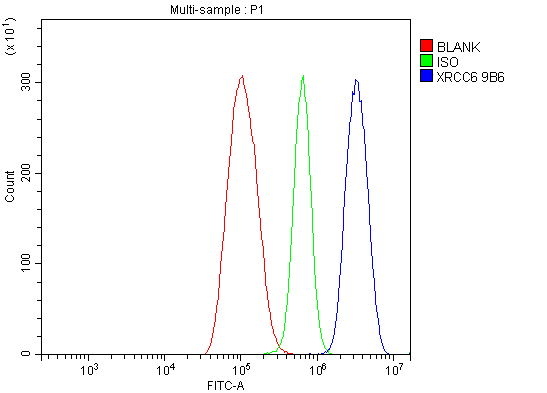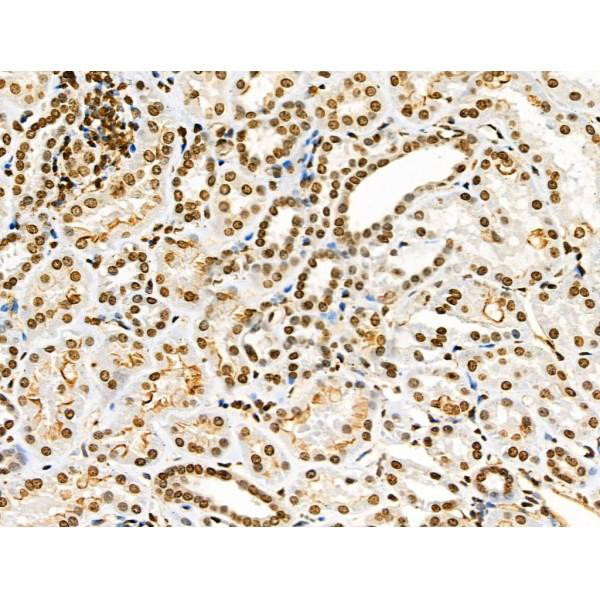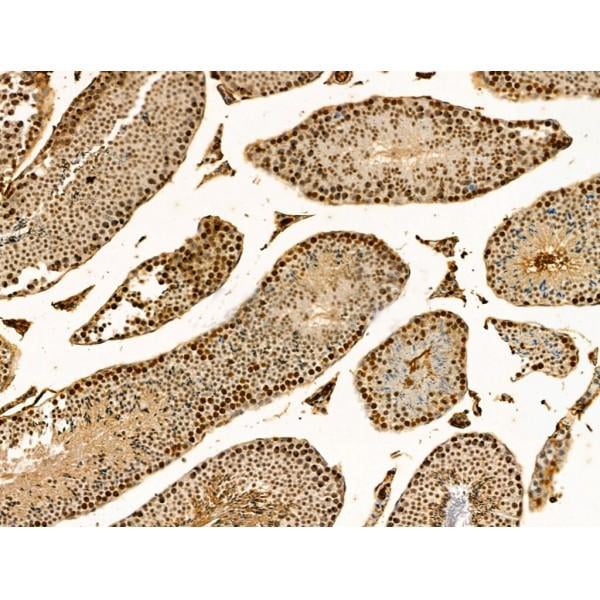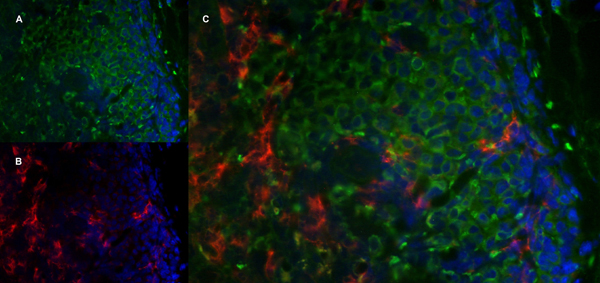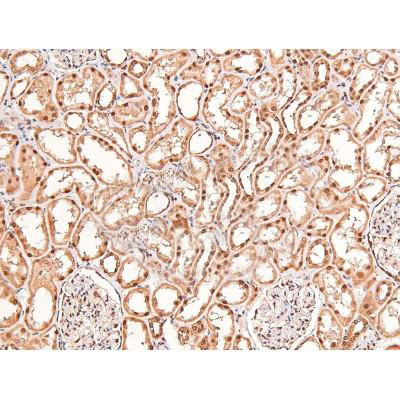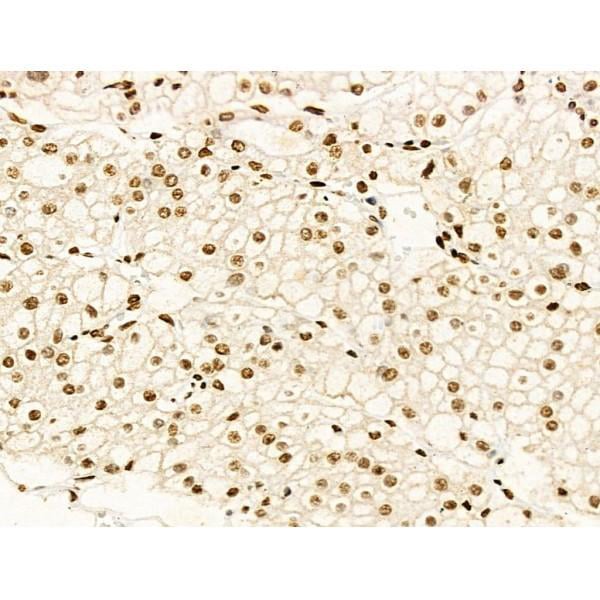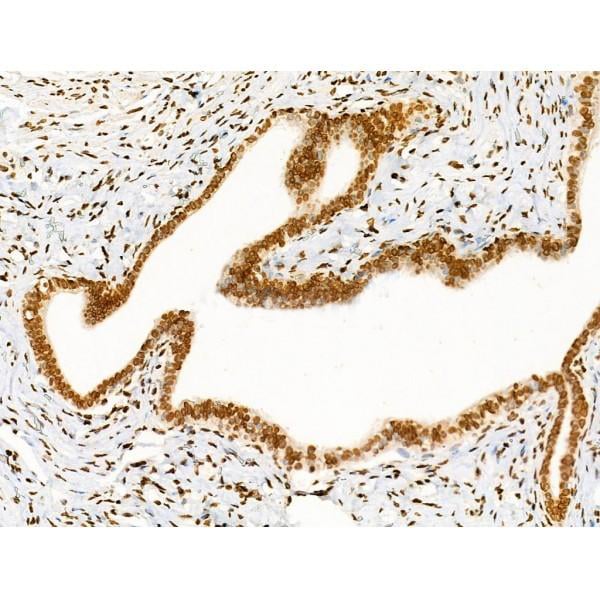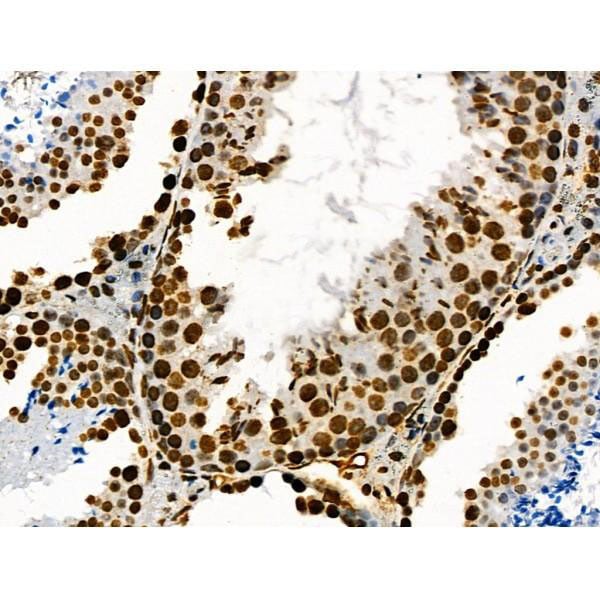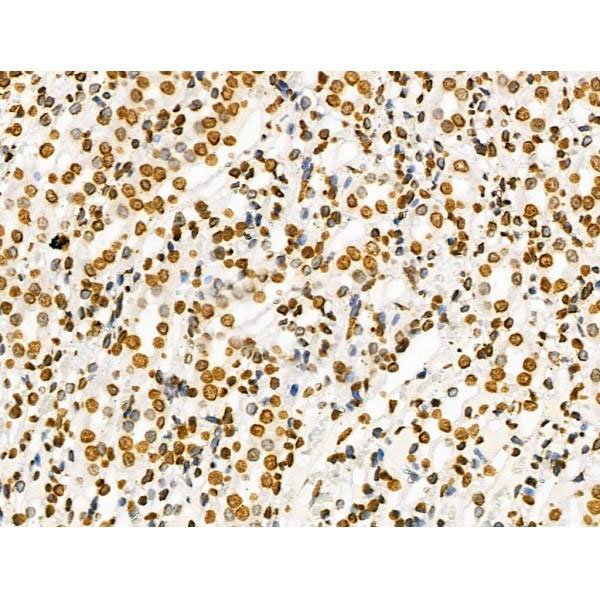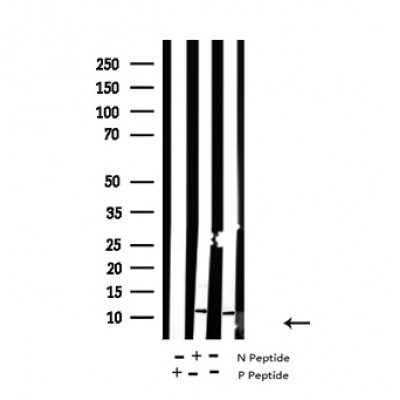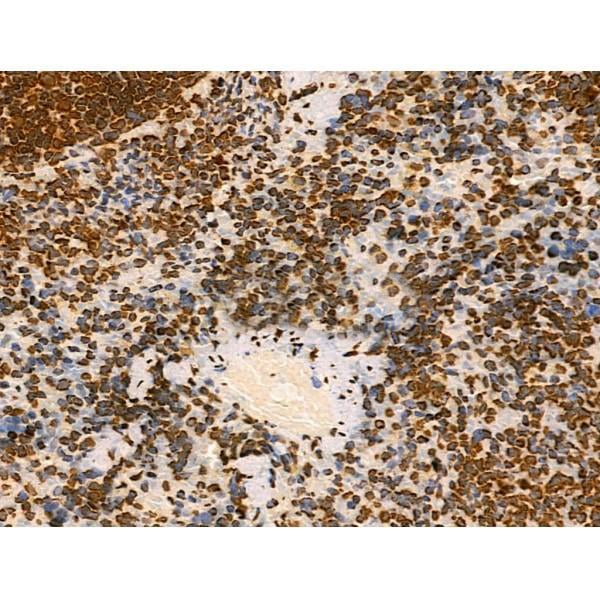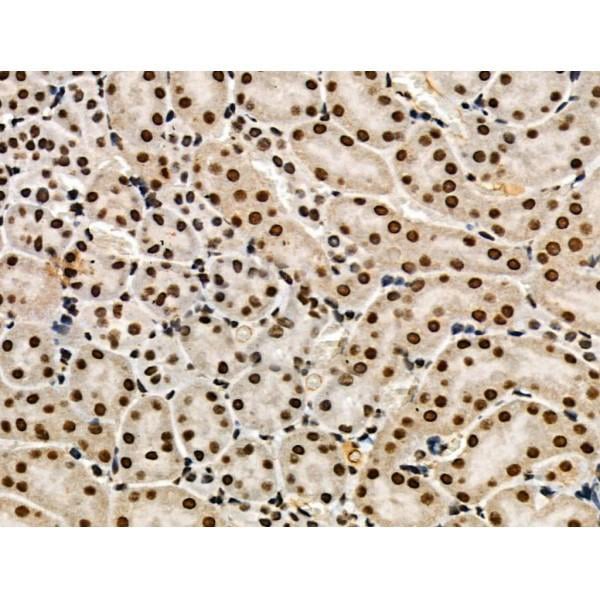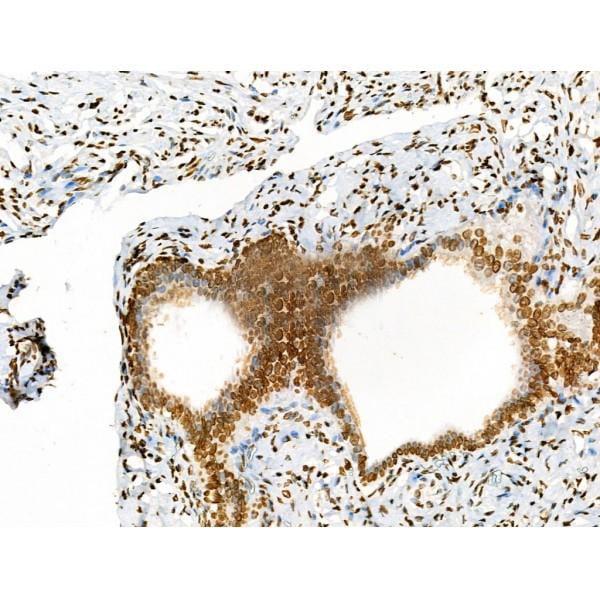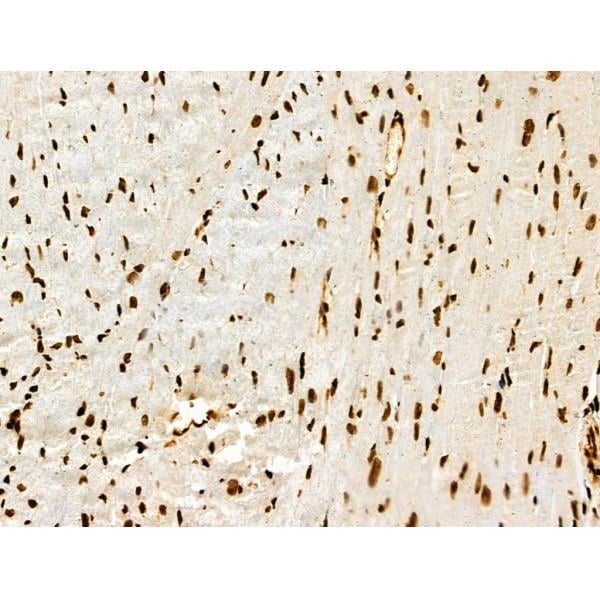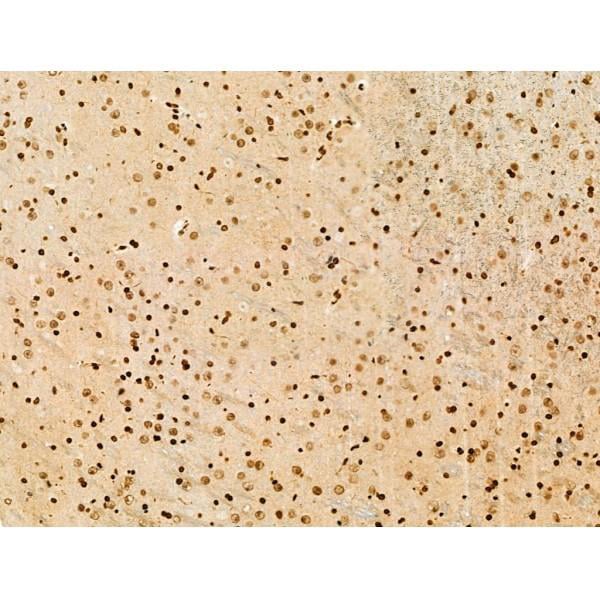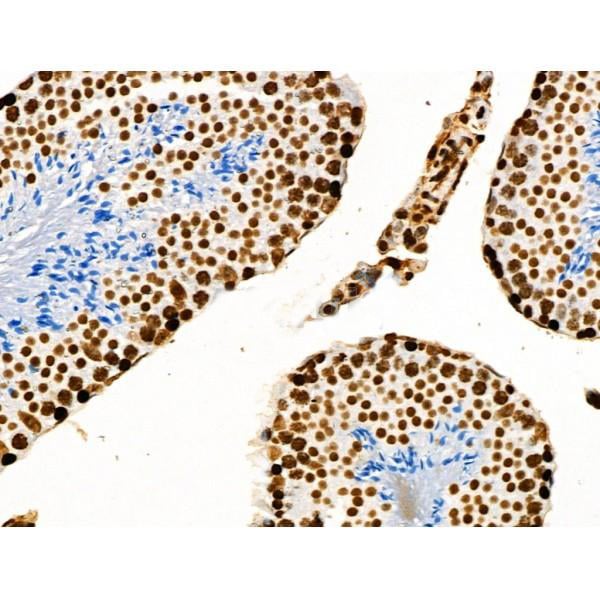Filters
Clonality
Type
Reactivity
Gene Name
Isotype
Host
Application
Clone
129 results for " Repair" - showing 100-129
ERCC1/RAD10, Monoclonal Antibody (Cat# AAA23913)
PCNA, Polyclonal Antibody (Cat# AAA28705)
TOPBP1, Polyclonal Antibody (Cat# AAA31467)
Predicted Reactivity: Pig (100%), Zebrafish (80%), Bovine (100%), Horse (100%), Sheep (100%), Rabbit (100%), Dog (100%), Chicken (80%), Xenopus (80%)
Rad9/Rad9a, Polyclonal Antibody (Cat# AAA19288)
TOPBP1, Polyclonal Antibody (Cat# AAA31285)
Rad9b, Polyclonal Antibody (Cat# AAA19340)
CD206, Monoclonal Antibody (Cat# AAA12123)
CD206, Monoclonal Antibody (Cat# AAA12120)
CD206, Monoclonal Antibody (Cat# AAA12117)
Ku70, Monoclonal Antibody (Cat# AAA19361)
RPA32/RPA2, Polyclonal Antibody (Cat# AAA31304)
CD206, Monoclonal Antibody (Cat# AAA12121)
CD206, Monoclonal Antibody (Cat# AAA12119)
CD206, Monoclonal Antibody (Cat# AAA12124)
CD206, Monoclonal Antibody (Cat# AAA12122)
CD206, Monoclonal Antibody (Cat# AAA12125)
CD206, Monoclonal Antibody (Cat# AAA12118)
Ku70, Monoclonal Antibody (Cat# AAA19362)
BRCA1, Polyclonal Antibody (Cat# AAA31415)
Predicted Reactivity: Bovine (80%), Dog (80%)
Histone H4, Polyclonal Antibody (Cat# AAA31350)
Predicted Reactivity: Chicken (100%), Xenopus (100%)
histone H4, Polyclonal Antibody (Cat# AAA31295)
Histone H4, Polyclonal Antibody (Cat# AAA31346)
Predicted Reactivity: Chicken (100%), Xenopus (100%)
Histone H2A.X, Polyclonal Antibody (Cat# AAA31320)
Histone H2A, Polyclonal Antibody (Cat# AAA31347)
Histone H3, Polyclonal Antibody (Cat# AAA31322)
POLR2A, Polyclonal Antibody (Cat# AAA31440)
Predicted Reactivity: Pig (100%), Zebrafish (100%), Bovine (100%), Horse (100%), Sheep (100%), Dog (100%), Xenopus (100%)
Histone H3, Polyclonal Antibody (Cat# AAA31345)
Predicted Reactivity: Bovine (100%)
Histone H3, Polyclonal Antibody (Cat# AAA31356)
Predicted Reactivity: Bovine (100%)













